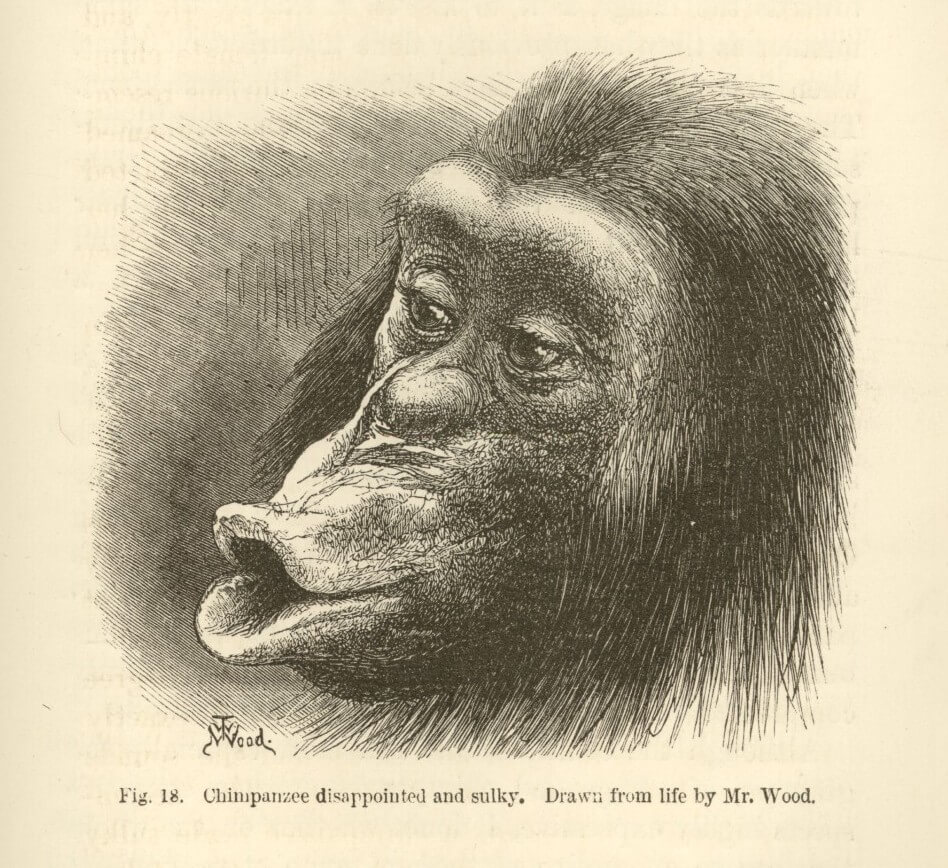The data collected from different populations of gorillas, chimpanzees, orangutans and humans will be used to understand the evolution and future conservation of the species

Scientists have built a model of the evolutionary history of great apes over the past 15 million years by studying genetic variation in different groups of humans, chimpanzees, gorillas and orangutans.
The catalog of the genetic diversity of great apes is the most comprehensive ever prepared and it brings together knowledge about the history of different groups of great apes from Africa and Indonesia. This database will also be able to assist conservation efforts of these monkey species while preserving the natural genetic variation in the populations.
Over 75 scientists and conservation experts from all over the world assisted in the genetic analysis of 79 apes born in the wild and in captivity. They represent all six known types of great apes: chimpanzees, bonobos, Sumatran orangutans, Bornean orangutans, eastern mountain gorillas and western lowland gorillas and seven subspecies of these species. Samples of nine human genomes were also included in the comparison.
Javier Pardo-Martinez and Thomas Marquez-Bonnet of the Pompeo Fabre University in Barcelona and Peter Sudment and Evan Eichler of the University of Washington in Seattle led the research published yesterday, July 3 in the journal Nature.
"The researchers have provided us with the most comprehensive survey to date of the genetic diversity of great apes and given evolutionary insight into the diversity and appearance of great ape species," says Eichler, professor of genomic sciences at the University of Washington and a researcher at the Howard Hughes Medical Institute.
The genetic diversity among apes was almost never mapped, due to the difficulties in obtaining genetic samples from apes in the wild. Conservationists in many countries, some in dangerous or isolated locations, have assisted in the current efforts and the research team has given them credit for the project's success.
Sudmant, a doctoral student at the University of Washington in Genomic Sciences says: "Collecting the data is essential for understanding the differences between the great ape species and for identifying the aspects of the genetic code that distinguish humans from other primates." The analysis of the genetic diversity of great apes is expected to reveal the ways in which natural selection works, how populations grow and collapse, the role of natural isolation and migration, climate and geological changes and other factors that shape the evolution of primates.
Sudment added that studying the genetic diversity of great apes also contributes to our knowledge about the spread of disease among different types of primates. This question is important both in the aspect of conservation efforts and in the aspect of human health. The Ebola virus is responsible for the death of thousands of gorillas and chimpanzees in Africa and the source of HIV - the virus that causes AIDS is the SIV simian immunodeficiency virus that affects apes.
Sudment works in a laboratory that studies both human evolutionary biology and neuropsychiatric diseases such as autism, schizophrenia, developmental delay, and cognitive and behavioral disorders.
"Because of the way we think, communicate and act, this is what makes us human" says Sudmant. "We are particularly examining the genetic differences between humans and other types of great apes that may have caused these traits." According to him, these differences between the sexes may guide researchers to segments of the human genome related to cognition, speech or behavior, and provide clues to the mutations that cause neurological diseases.

4 תגובות
is not that a loss? One visit to the "Teddy" stadium would have saved them years of hard work and huge budgets.
After all, the Baytar audience presents the entire genetic diversity of the great apes that exist today (with the exception of Homo sapiens, of course)
No conclusions. They have prepared a database for researchers who will each be interested in a different aspect.
And what were the conclusions of the study?